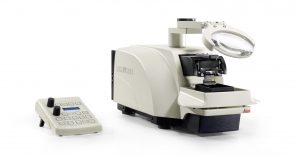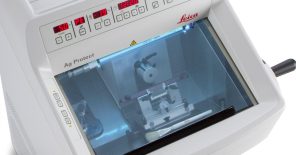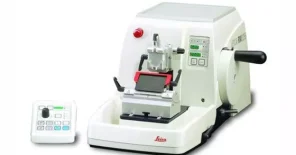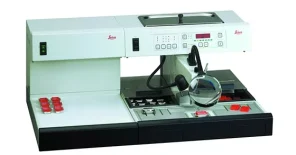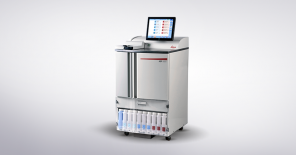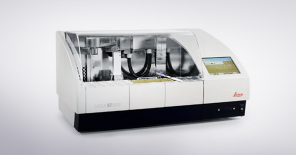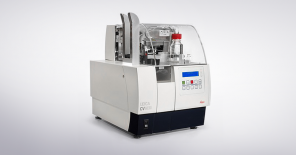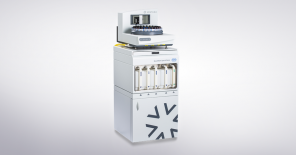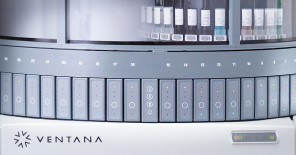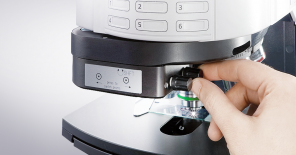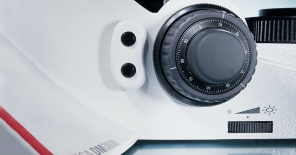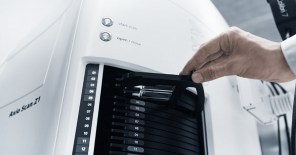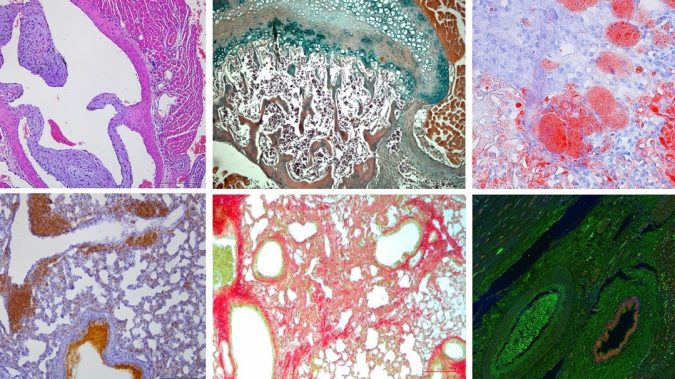
Histopathology
- Postdoctoral fellows:
- Research assistant:
- Laboratory technicians:
Complete necropsy of mouse/rat is performed by veterinary pathologist and all macroscopic findings are documented. Almost all steps in tissue processing and slide preparation are automatized to achieve the highest levels of reproducibility and quality.
The lab offers H&E staining done by automated stainer, wide range of special stains and immunochemistry. The microscopic evaluation of histological samples is done by veterinary pathologist and complex report with picture documentations is a standard. Most of activities are conformed to Good Laboratory Practices (GLP).
Standard services Gross Morphology and Tissue Processing
Full Mouse/Rat Necropsy with Organ Isolation
A complete necropsy is performed to detect and record abnormal macroscopic alterations in internal and external organs. Provided in this service are a standardized scoring table using phenotype quality ontology (PATO) terms, images of any significant gross findings, and a written report prepared by a veterinary pathologist. The following organs are fixed, trimmed, processed and embedded in paraffin blocks: adrenal gland, heart, mammary gland (F), skin, thymus, brain, kidney, ovary (F), small intestine, thyroid, epididymis (M), large intestine, pancreas, spinal cord, trachea, esophagus, liver, prostate (M), spleen, urinary bladder, eye, lung, seminal vesicles (M), stomach, uterus (F), gall bladder, lymph node, skeletal muscle and testis (M). Additional organs can be processed by request.
Organ Sampling and Trimming
Individual organs can be processed. Unless otherwise specified, organs are processed according to the Revised guides for organ sampling and trimming in rats and mice, published in 2003 and 2004 by the Registry of Industrial Toxicology Animal-data (RITA) and the North American Control Animal Database (NACAD) groups (Exp Toxic Pathol 55: 91-106, Exp Tox Pathol 55: 413-431, and Exp Tox Pathol 55: 433-449).
Tissue processing
By using a state-of-the-art automated vacuum tissue processor (Leica ASP6025), we are able to process and paraffin-embed specimens with the highest levels of reproducibility and quality. Where applicable, decalcification to remove mineral from bone or other calcified tissues is performed prior to processing to paraffin. If frozen sectioning is required, we embed tissues using a standard manual protocol and Optical Cutting Temperature (OCT) compound.
Adult lacZ Wholemount Staining
Adult mouse tissues containing a lacZ reporter are scored for the presence of lacZ staining which is distinct from either nonspecific staining observed in wildtype control mice, or is too faint to score as present. Included in the survey are qualitative expression scoring of 105 distinct tissues, representative images for positive staining tissues, and anatomical description of those images
Do you have questions? Ask us
Standard Services Sectioning and Staining
Sectioning
Standard paraffin sections and frozen sections can be cut using a microtome or cryostat respectively. Users can select thickness options, section plane, and number of sections per block.
H&E Staining
The standard primary staining procedure for all histological workflows is the hematoxylin and eosin (H&E) stain. For reproducible results with rapid turn around time, especially with large orders, we use an an automated stainer (Leica ST5020 + Leica ST5030).
Special Stains
The special stains are used to differentiate various biological constituents, including lipids, carbohydrates, amyloid and connective tissue and therefore are an informative methodology for scoring and monitoring many pathologies, including fibrosis, steatosis, amyloidosis etc. In research, the special stains represent an underutilized complement to standard immunohistochemistry and in many cases, can offer a cost-effective alternative. We currently employ the following special stains, and can perform additional stains upon request:
Alcian Blue, Alcian Blue + PAS, Congo Red, Giemsa, Gram Staining, Massons Trichrome, NASDCL, New Methylene Blue, Nissl, Oil Red, PAS, Pricrosirius Red, Prussian Blue, Reticulin, TRAP.
Do you have questions? Ask us
Standard Services Immunohistochemistry
CCP-Validated Antibodies
Immunohistochemistry to detect the following epitopes can be provided upon request with options for chromagen or fluorescence detection, majority on mouse tissues: Anti alpha SMA, Arrestin3, Bcl2, beta Tubulin, CD8, CD11b, CD11c, CD20, CD45, CDSN, Cleaved caspase3, Collagen IV, Cyclin D1, Cytokeratin, DSC1, E-Cadherin, EGFR, F4/80, gamma Tubulin, GFAP, Insulin, Ki-67, MUC5AC, PDGFRbeta,Protamine 1, RPE65, Stra8, Testin, WIZ Through use of the automated Ventana Discovery ULTRA, immunohistochemistry is performed with superior quality and reproducibility.
Antibody Validation
Requests for immunohistochemistry using any other antibodies will first require successful completion of our antibody validation pipeline. Within this pipeline, staining procedures will be optimized and antibody specificity will be assessed.
Do you have questions? Ask us
Standard services Slide Scanning
Scanning slides has become essential for modern automated image analysis workflows and data sharing, as well as allowing the secure archiving of important histological specimens. Our Zeiss Axioscan.Z1 is capable of both brightfield and fluorescent slide scanning (up to nine parallel fluorescence channels).
Do you have questions? Ask us
Custom services In Situ Hybridization
In-situ hybridization can be performed upon request. Both fluorescence and chromogenic (DIG) detection is supported. Notable is the opportunity to support reproducible large-scale in-situ hybridization studies through use of the automated Ventana Discovery ULTRA platform.
Do you have questions? Ask us
Custom services Analytical Services
Analysis of H&E Slides
Identification of alterations in organ architecture, cell architecture and/or subcellular alterations. Alteration/lesion staging and grading (where applicable).
Analysis of Special Stains
Determination of matrix alterations. Scoring of cell type and density. Scoring of cellular chemical components.
Analysis of Immunohistochemistry
Proliferation scoring. Apoptosis scoring. Customized scoring.
Do you have questions? Ask us
Technology platforms
Histopathology unit was upgraded with the support from OP RDE project CZ.02.1.01/0.0/0.0/18_046/0015861 CCP Infrastructure Upgrade II.

